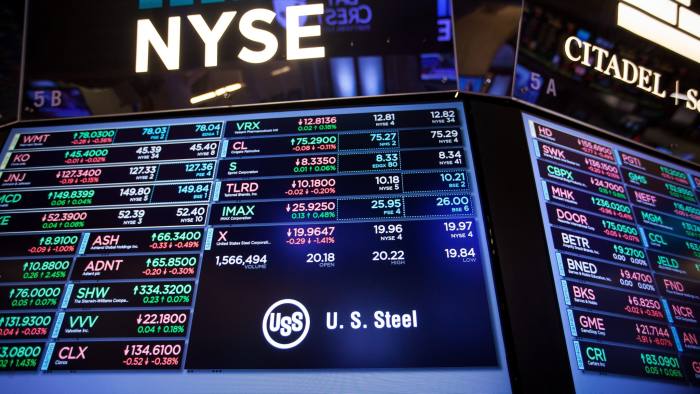Financial bubbles are inevitable. Unfortunately, this is not a controversial statement. The undoubted benefits of capitalism seem only available with the unavoidable trauma of periodic boom and bust. At least since the advent of the modern market economy in the early 18th century, the pattern of vaulting boom followed by depressing bust has been a constant. While the details differ, there is little fundamental difference, for example, between the South Sea bubble which so entranced the London of Isaac Newton, and the property bubble which so gripped the Ireland of Bertie Ahern. Famously, Isaac Newton lost a substantial fortune when…
Cancel at any time. Are you already a member? Log in here.
Want to read the full story?
Unlock this article – and everything else on The Currency – with an annual membership and receive a free Samsonite Upscape suitcase, retailing at €235, delivered to your door.

